The field of photography can be considered an art, science, and skill. It has the power to transform our world as well as document our history, yet it's become so common we often forget its immense impact on our daily lives.
Have you ever thought about the very first...
Photograph (1826)
Joseph Niepce, a French inventor and pioneer in photography, is generally credited with producing the first photograph. Niepce’s photograph shows a view from the Window at Le Gras, and it only took eight hours of exposure time.
Image Of A Human Being (est.1838-1839)
“Boulevard du Temple”, taken by Louis Daguerre in Paris, was the first photograph containing the image of a person. You can see the man getting his boots polished in the bottom left corner.
See him?
Self Portrait (1839)
Robert Cornelius, a Dutch chemist and immigrant to Philadelphia, took a daguerreotype portrait of himself outside of his family's store. Yes people, this is the first selfie ever!
Photo Montage (1858)
Henry Peach Robinson made the world's first photomontage by combining multiple negatives to form a single image. Think of this as photoshop back in the day.
Aerial Photograph (1858)
Parisian-born Nadar became the first person to take aerial photographs, using a huge balloon that he built called Le Géant. The first photos produced no longer exist and therefore the earliest surviving aerial photograph is titled "Boston, as the Eagle and the Wild Goose See It.'" It was taken by James Wallace Black on October 13, 1860.
(And some of the first aerial photographers)
In 1903, Julius Neubranner designed a tiny breast-mounted camera for carrier pigeons. The camera could be set to take automatic exposures at 30-second intervals as the pigeon flew along.
Color Photograph (1861)
Tartan Ribbon, photograph taken by James Clerk Maxwell in 1861. Considered the first color photograph. Maxwell had the photographer, Thomas Sutton, photograph a tartan ribbon three times. The three images were then projected onto a screen with three different projectors, each equipped with the same colour filter used to take its image.
Sequence Photographs (1872)
Using 16 cameras lined up in a row and a tripping mechanism, Eadweard Muybridge created this series of animal motion. This also answered the nagging question of the day, whether all four feet of a horse were off the ground at the same time while at a gallop. Yes, they are!
Image of a tornado (1884)
The black-and-white image was taken on August 28, 1884, about 22 miles southwest of Howard, South Dakota.
Rolled Photographic Film (1888)
"You press the button, we do the rest" promised George Eastman in 1888 with this advertising slogan for his Kodak camera. This was the first easy-to-use camera available for sale to the masses.
X-ray Photograph (1895)
Wilhelm Konrad Roentgen, the first recipient of the Nobel Prize for Physics, produced this image of his wife's hand. The photo became the first use of X-ray photography, making it possible to look inside the human body without surgical intervention.
Nighttime Wildlife Image (1906)
Shot by photographer and wildlife enthusiast George Shiras in 1906. He captured this shot in Whitefish River, Michigan using a remote-control flashlight camera triggered when an animal stepped on the trip wire.
Image Of The North Pole (1909)
Admiral Robert Peary and his team became the first explorers to reach what they believed to be the North Pole. (Later studies found that Peary was actually 30 to 60 miles short of the Pole).
Underwater Color Photograph (1926)
This Hogfish was photographed off the Florida Keys in the Gulf of Mexico by Dr. William Longley and National Geographic staff photographer Charles Martin. Equipped with cameras encased in waterproof housing and highly explosive magnesium flash powder for underwater illumination
Image of Earth From Space (1946)
This image was taken by a 35mm motion picture camera mounted to a missile that was launched to 65 miles above the surface of Earth. After being shot straight up on the rocket and capturing one frame every 1.5 seconds, the camera was smashed upon falling back to Earth but thankfully the images were saved.
High Speed Color Photograph (1957)
Dr. Harold Edgerton was the pioneer of ultra-high-speed and stop-action photography, and he then paved the way for the modern electronic flash. He devoted his life to showing things our human eye cannot see.
Digital Photograph (1957)
Russell Kirsch made the very first digital image by scanning a photograph of his three-month-old son.
Color Image of Earth from the moon (1968)
"Earthrise" as taken by the crew of Apollo 8. The first black and white image was taken two years earlier.
Full view of planet Earth (1972)
"The Blue Marble" take by the crew of the Apollo 17 spacecraft.
First image posted to the Internet (1992)
Yep. This all-female parody pop group, founded by employees of CERN, was the first image on the internet. How far we have come!
Sigh, okay you can go back to taking selfies now.


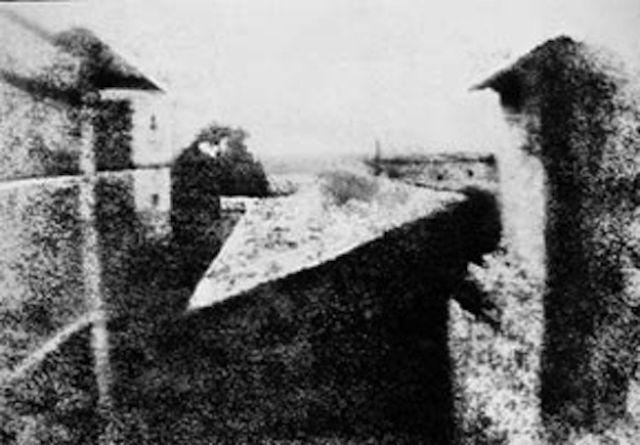
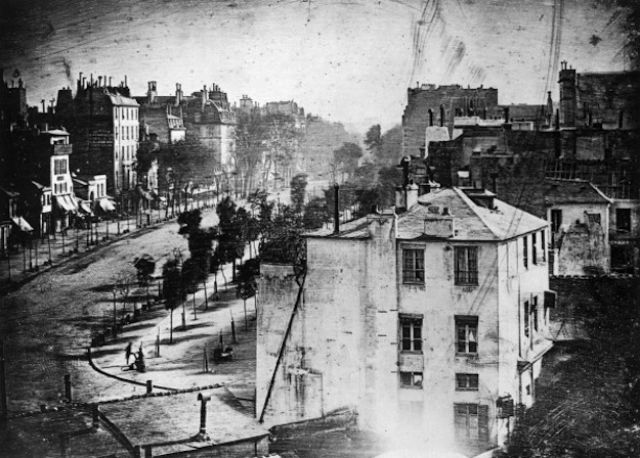
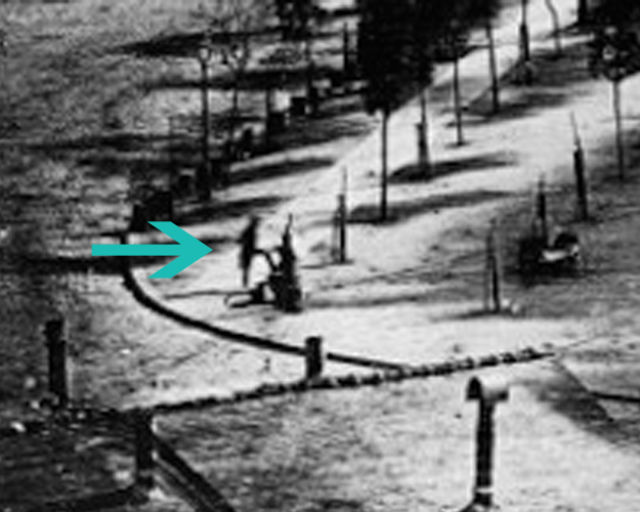
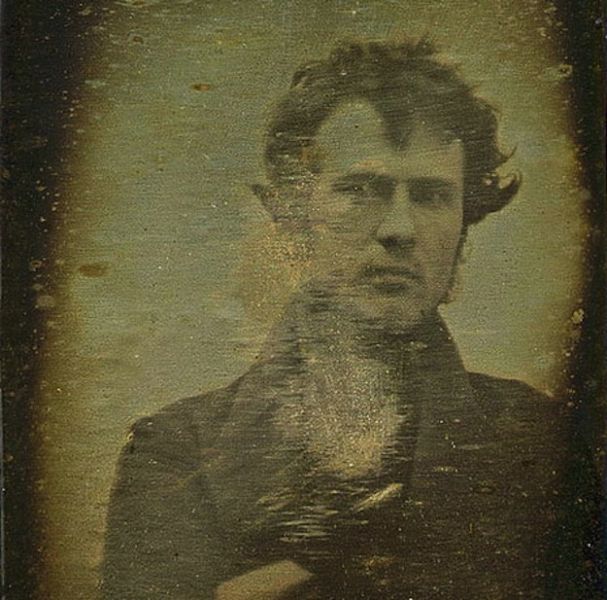

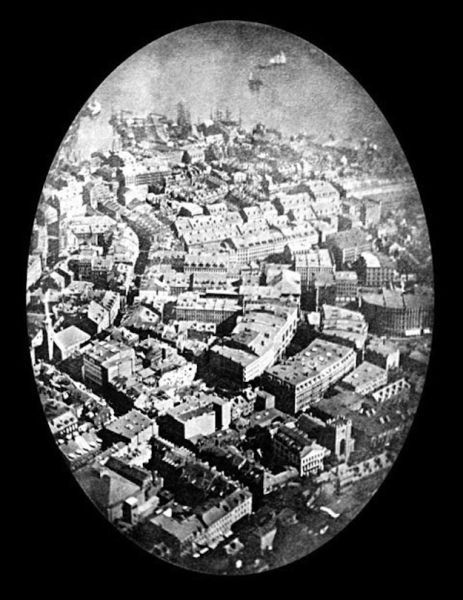
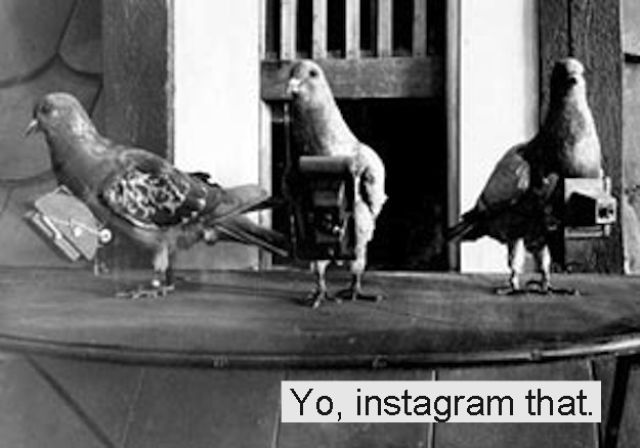

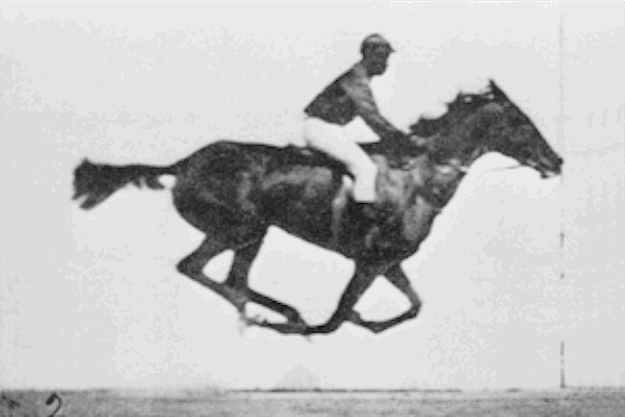
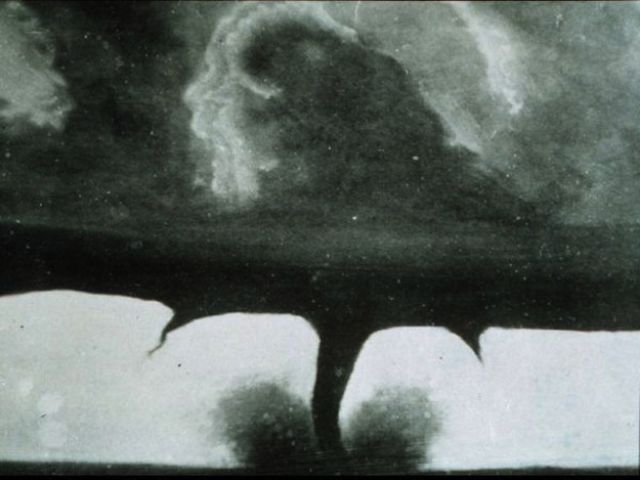
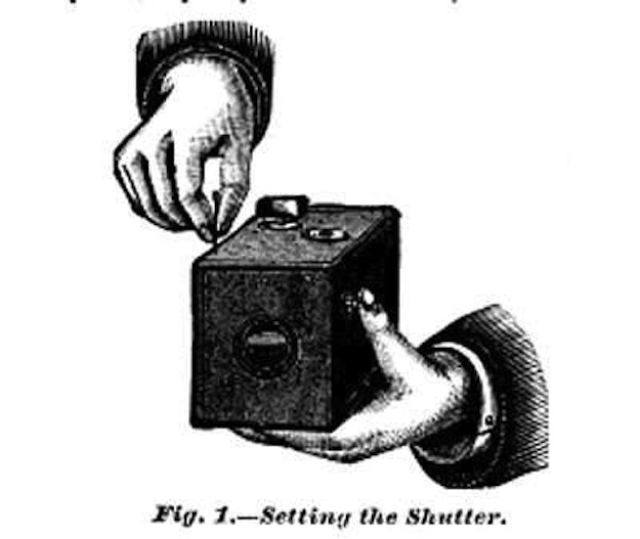
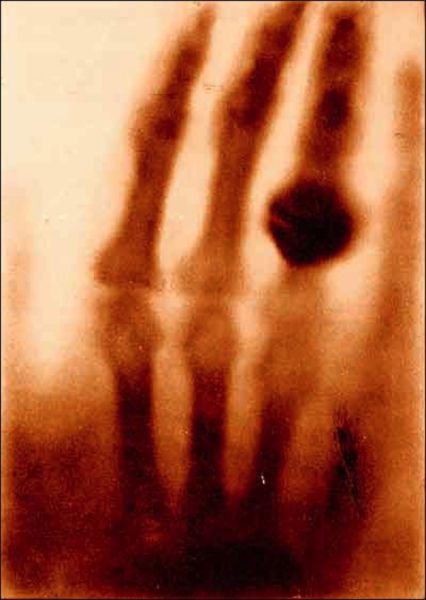
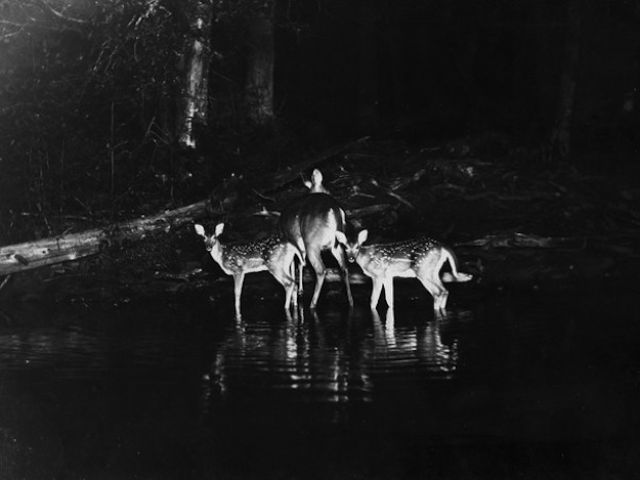
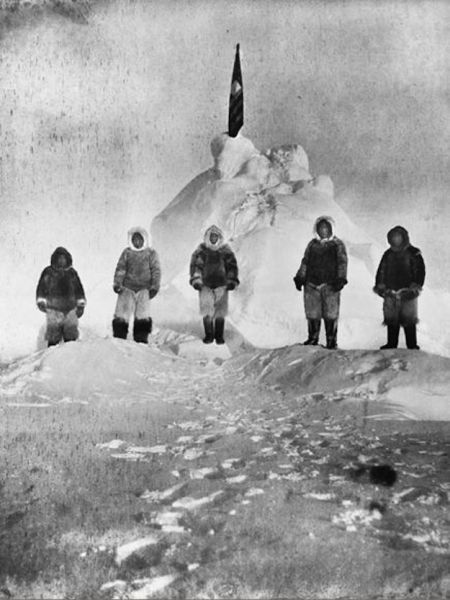
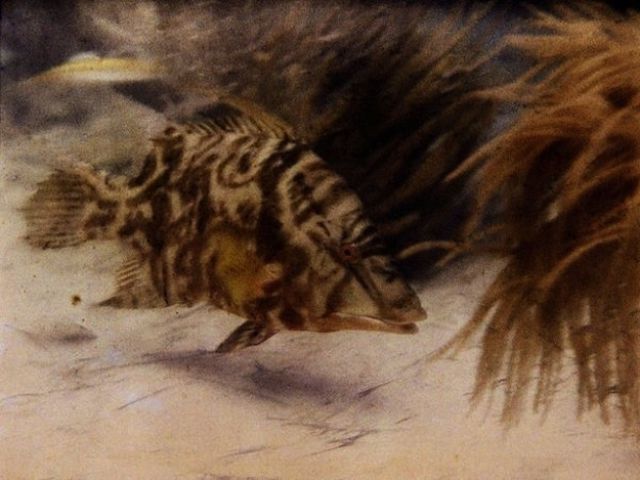
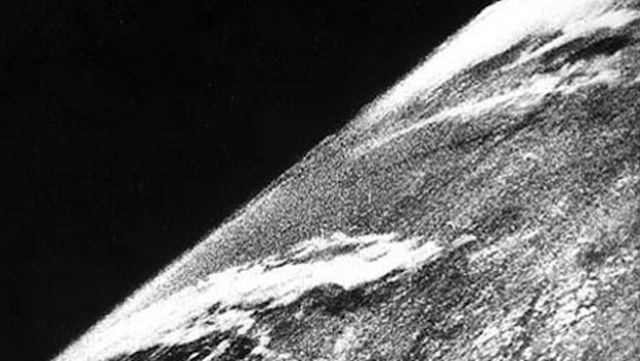

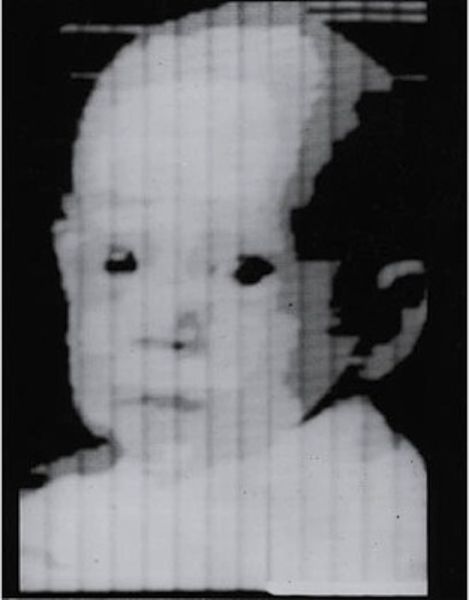
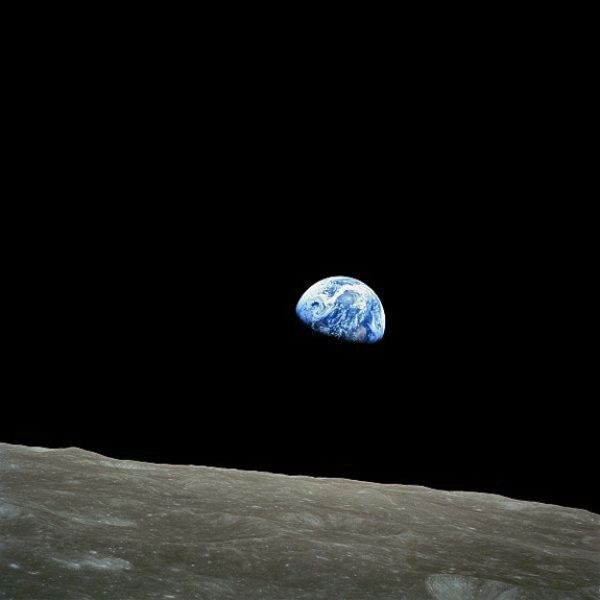
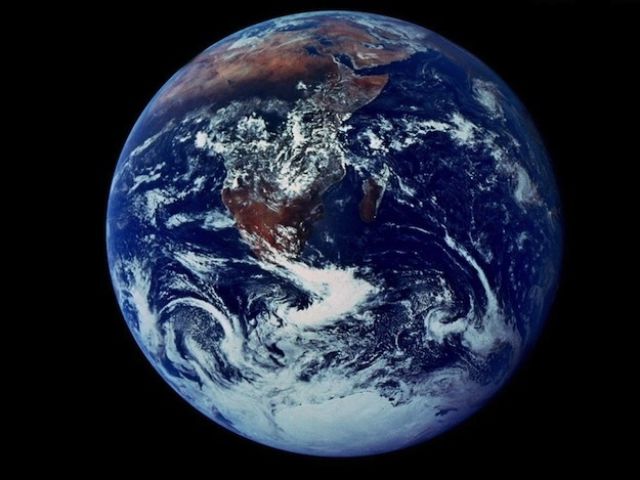
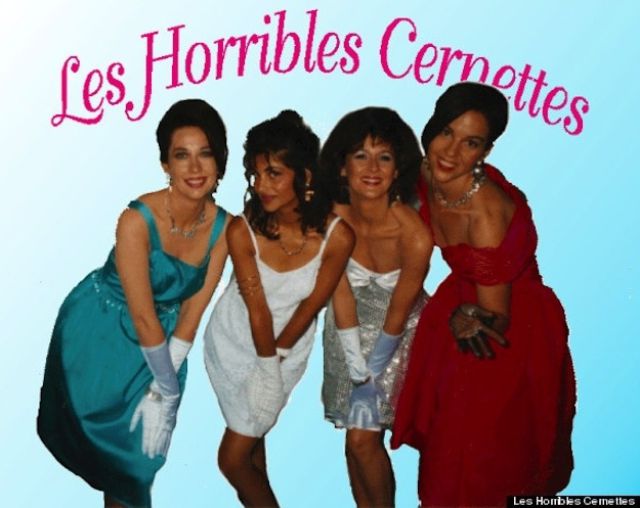

Well, nice post!